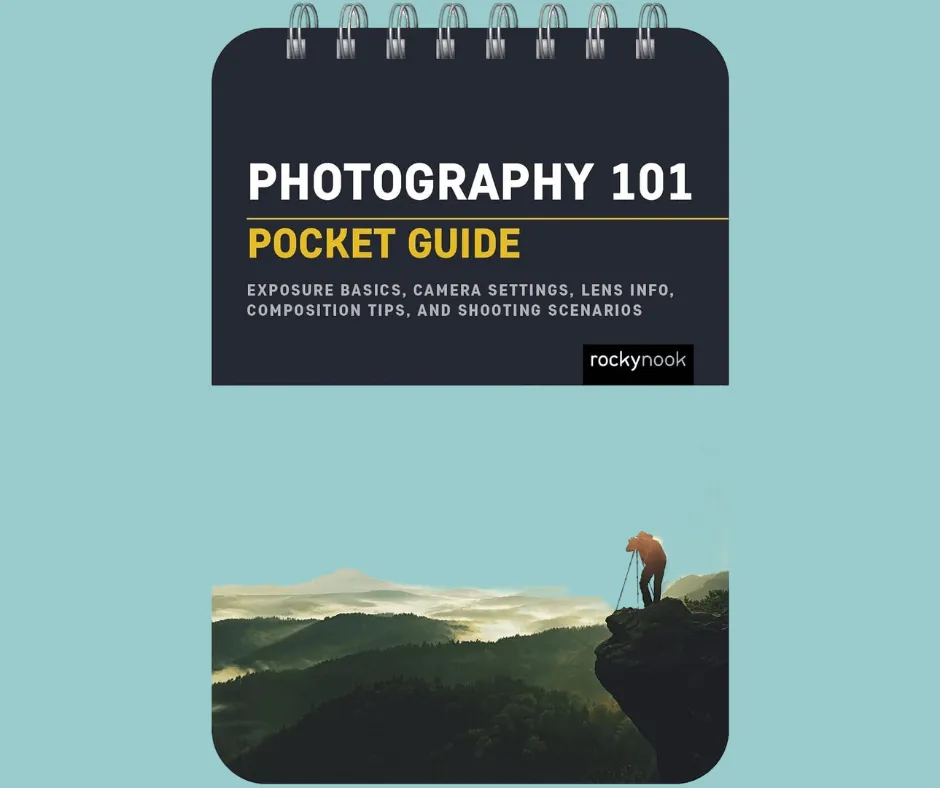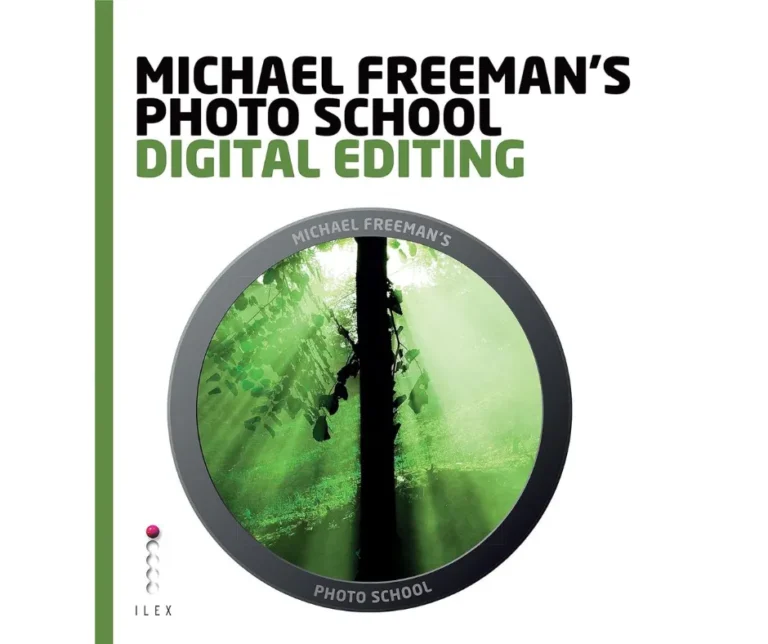Breaking Down the Rule of Thirds in Photography: Tips and Techniques
If you’re new to photography or looking to improve your composition skills, you’ve likely come across the “rule of thirds” in your research.
This fundamental principle is a key element in creating visually appealing and well-balanced photographs.
But what exactly is the rule of thirds and how can you effectively apply it to your images?
In this article, we’ll break down the rule of thirds in photography and provide you with tips and techniques on how to use it to enhance your photos.
Whether you’re shooting landscapes, portraits, or anything in between, understanding the rule of thirds will help you create more dynamic and visually appealing images.
So, grab your camera and let’s dive into the world of the rule of thirds.
Master the basic composition concept
To enhance your photography skills, it is crucial to master the basic composition concept.
Understanding composition allows you to create visually pleasing and impactful images.
By employing principles such as balance, symmetry, leading lines, and framing, you can effectively guide the viewer’s eye and convey your intended message.
Composition is not limited to adhering to strict rules but rather an art that involves experimentation and creative choices.
By practicing and honing your composition skills, you can elevate your photography and create captivating images that stand out.
So, delve into the world of composition and explore the endless possibilities it offers to enhance your photographs.
Create balance and interest
When it comes to creating visually compelling photographs, one important aspect to consider is creating balance and interest in your composition.
By strategically placing elements within the frame, you can achieve a harmonious and engaging visual effect.
To create balance, you can distribute the visual weight of your subjects or objects evenly throughout the frame.
This can be achieved by positioning them in a way that creates a sense of equilibrium or symmetry.
On the other hand, to add interest and depth to your composition, you can incorporate contrasting elements or incorporate the rule of thirds.
By placing key subjects or points of interest along the intersection points of the imaginary grid created by dividing the frame into thirds, you can create a dynamic and visually appealing composition.
Experiment with different arrangements and perspectives to find the most visually captivating way to create balance and interest in your photographs.
Use gridlines to guide placement
To further enhance your composition and ensure precise placement of elements, utilizing gridlines can be incredibly beneficial.
Gridlines act as a visual aid, dividing your frame into equal sections to guide the placement of subjects or key points of interest.
By enabling gridlines on your camera or utilizing the grid feature in post-processing software, you can easily align your subjects with the intersecting points or lines of the grid.
This technique helps you adhere to the rule of thirds and create a well-balanced and visually appealing composition.
Gridlines provide a clear reference for positioning elements and allow you to fine-tune the alignment and balance within your frame.
Experiment with different placements and observe the impact of using gridlines to guide your composition within the framework of the “Breaking Down the Rule of Thirds in Photography: Tips and Techniques” to achieve stunning and professional results.
Experiment with different ratios
When it comes to composition, experimenting with different ratios can greatly enhance the visual impact of your photographs.
While the rule of thirds is a popular guideline, exploring alternative ratios such as the golden ratio or the square format can offer unique and compelling compositions.
By deviating from the traditional 3:2 ratio, you can create a sense of balance, symmetry, or tension within your images.
When experimenting with ratios, consider the subject matter and the story you want to convey.
For example, the square format can be particularly effective for showcasing symmetry or emphasizing the central focal point of your composition.
Don’t be afraid to break free from convention and try different ratios within the framework of the “Breaking Down the Rule of Thirds in Photography: Tips and Techniques” to add variety and creativity to your photographs.
Take your photography to new heights
To truly take your photography to new heights, it’s important to push the boundaries of your creativity and explore innovative techniques.
Experimenting with unique perspectives can add depth and interest to your images, allowing you to capture breathtaking moments from a fresh point of view.
Consider trying aerial photography, utilizing drones or even climbing to higher vantage points to capture stunning aerial shots.
This perspective can provide a different visual experience, showcasing landscapes, architecture, and nature in a way that is both captivating and awe-inspiring.
By embracing new techniques and continuously challenging yourself, you can elevate your photography skills and create images that truly stand out.
So, grab your camera, venture outside your comfort zone, and embark on a journey to capture stunning photographs that take your artistry to new heights.
As you continue to develop your photography skills, the rule of thirds is a fundamental principle that can greatly enhance your composition and bring visual interest to your images.
By utilizing this technique, you can create dynamic and balanced photos that draw the viewer’s eye to the most important elements of your image.
Remember to keep practicing and experimenting with different compositions to find what works best for your style and subject matter.
With dedication and an understanding of the rule of thirds, you can elevate your photography to the next level.
Keep shooting and have fun capturing stunning images!
FAQ
What is the rule of thirds in photography and why is it important?
The rule of thirds in photography is a compositional technique that divides your image into nine equal parts using two horizontal and two vertical lines.
It suggests placing important elements along these lines or at their intersections, rather than in the center of the frame.
This technique helps create a balanced and visually pleasing composition.
By following the rule of thirds, you can add interest and depth to your photos, making them more engaging for viewers.
Remember, breaking the rule of thirds can also create unique and artistic compositions, so don’t be afraid to experiment!
Can you explain how to effectively break down the rule of thirds to create more dynamic compositions?
To effectively break down the rule of thirds and create more dynamic compositions, you can start by imagining a grid with two horizontal lines and two vertical lines, dividing your frame into nine equal parts.
Place your subject or points of interest along these grid lines or at their intersections.
This will add balance and visual interest to your composition.
Additionally, consider using leading lines to guide the viewer’s eye towards the main subject.
Remember to experiment and be creative with the rule of thirds, as it is a guideline rather than a strict rule.
Practice and observation will help you refine your skills and create more visually appealing photographs.
Are there any specific techniques or tips for incorporating the rule of thirds in portrait photography?
To incorporate the rule of thirds in portrait photography, you can position the subject’s eyes along the intersections of the gridlines, creating a more visually appealing composition.
Additionally, you can align key elements such as the face or important props along the vertical or horizontal lines.
By using the rule of thirds, you can add balance and interest to your portraits, enhancing the overall impact of your photographs.
How can photographers use the rule of thirds to enhance the visual impact of landscapes or architectural shots?
To enhance the visual impact of your landscape or architectural shots, as a photographer, you can use the rule of thirds.
By placing key elements of the scene along the imaginary gridlines or at the intersections, you create a more visually pleasing composition.
For landscapes, you might position the horizon along the lower or upper third line to create a sense of depth and balance.
In architectural shots, you can place the main subject, like a building, at one of the intersections to draw attention and create a dynamic composition.
This technique helps to create a sense of balance, harmony, and visual interest in your photographs.
Are there any common mistakes or misconceptions when it comes to applying the rule of thirds, and how can photographers avoid them?
When it comes to applying the rule of thirds, photographers often make the mistake of placing the subject directly in the center of the frame.
However, to avoid this misconception, you should imagine a grid with two horizontal and two vertical lines dividing the frame into thirds.
Instead of positioning your subject in the center, try placing it along one of these lines or at the intersection points.
This will create a more balanced and visually pleasing composition.
Additionally, remember that the rule of thirds is just a guideline, and it’s important to experiment and explore other compositions to bring out the best in your photographs.







